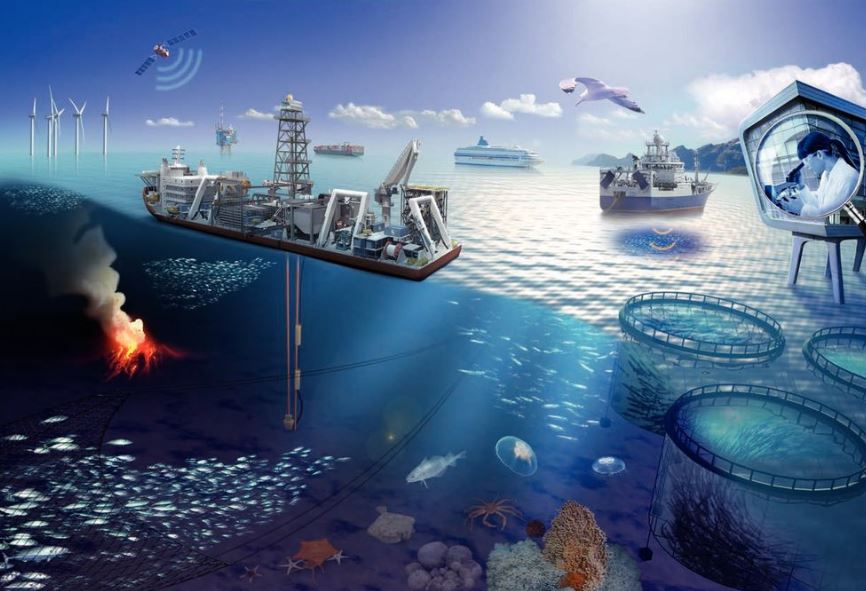Font size:
Print
SpaceX’s Ambitious Mars Mission
Context:
Elon Musk, CEO of SpaceX, announced on March 15 that an uncrewed Mars landing mission is planned for late 2026.
More on News
- The mission will feature Tesla’s Optimus robot as its passenger. If successful, human landings could begin by 2029, though 2031 is a more likely target.
- This mission aims to leverage SpaceX’s reusable Starship rocket system. However, significant technical and logistical challenges remain.
Feasibility of the Mission
- The project has faced setbacks, including two Starship test flight failures, termed “rapid unscheduled disassemblies” by Musk.
- Originally announced in September 2024, the mission has not been postponed despite delays.
- Experts question whether the necessary technology, particularly orbital refuelling and a fleet of tanker spacecraft, can be developed in time.
Key Challenges for SpaceX
- Orbital Refuelling & Tanker Spacecraft:
-
- Starship’s 4,200-tonne propellant capacity is insufficient for a Mars trip.
- SpaceX plans to refuel Starship mid-orbit using Low Earth Orbit (LEO) tanker spacecraft, but this method has not yet been demonstrated.
- Refuelling requires transferring super-cooled liquid oxygen and methane in space, a task never attempted before.
- The process must be quick to minimise fuel evaporation, requiring multiple tanker launches in succession.
- Experts doubt whether SpaceX can design, build, test, and deploy these tankers within 20 months, before the 2026 Mars launch window.
- Timing & Launch Windows: Mars missions are optimal every 26 months when Earth and Mars are closest. Missing the 2026 launch window would delay the mission until 2028 or later.
- Starship’s Landing Challenges: Starship has only reached Low Earth Orbit and has no tested landing system for Mars.
- Unlike Falcon 9, Starship lacks retractable landing gear and relies on a “Chopsticks” vertical catching system—which does not exist on Mars. Mars’ thin atmosphere and rough terrain make landing particularly complex.
Current Progress of SpaceX
- SpaceX has a proven track record with reusable rockets (Falcon 9) and the Dragon capsule.
- Starbase facility in Texas is a major advantage, producing one Raptor engine per day and assembling the second stage of Starship in weeks.
- These capabilities may accelerate the development of required tanker spacecraft.
NASA’s Concerns & Political Factors
- NASA officials are concerned about Musk’s dual role as a government adviser and private contractor.
- DOGE (Department of Governmental Efficiency), chaired by Musk, has pushed for budget cuts affecting NASA’s Office of Technology, Policy, and Strategy and the Office of the Chief Scientist.
- Speculation exists that NASA’s funding cuts could benefit SpaceX’s government contracts, creating potential conflicts of interest.
Elon Musk’s ambitious 2026 Mars mission faces enormous technical, financial, and political hurdles. While SpaceX has a history of overcoming challenges, the success of this mission depends on rapid advancements in orbital refuelling, tanker spacecraft production, and Starship’s landing capabilities.


